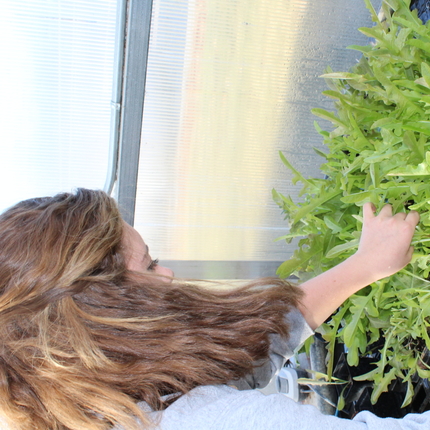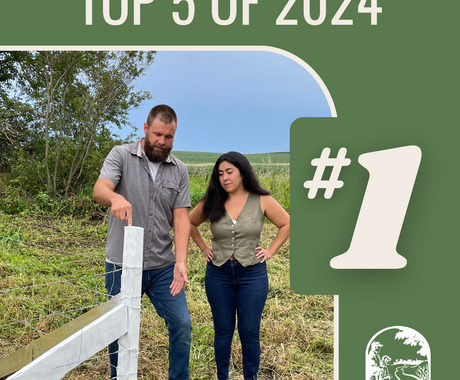By Justin Carter, former staff member
As the new school year gets underway across the nation, we are seeing a renewed focus on agriculture education and local food.
Next to many schools, greenhouses are a common sight. With these come educational curriculum on planting, growing, and harvesting, along with nutrition and health. Greenhouses are not new to rural agriculture education, however, they may not include food production. For instance, schools often devote greenhouse space to flower production for school fundraisers and, while this offers financial incentives, an opportunity is missed. Growing food on campuses offers students the ability to visualize the origins of their meals, successful programs can introduce new technologies and even offer ingredients to school cafeterias.
For example, at East Butler Public Schools, in Brainard, Nebraska, students cultivate vegetables, such as lettuce, for the school cafeteria. This school is one of 10 rural schools selected to receive technical and financial support through the Center for Rural Affairs’ Greenhouse to Cafeteria project, which aims to revamp school greenhouses for food production.
Schools making this transition have purchased equipment to introduce new growing techniques. Grow towers have become a popular selection, offering students a new way to produce fresh greens. Many schools are also exploring aquaponic systems, which integrate fish production into the greenhouse growing. Importantly, greenhouses give educators the ability to instruct students during the bulk of the school year, whereas outdoor cultivation is most active in the summer.
For more information on farm to school or greenhouse to cafeteria projects, contact me at [email protected].
Peer network in Nebraska
Due to the pandemic, we realize this will be a year like no other and teachers need our support. The Center for Rural Affairs has partnered with the University of Nebraska-Lincoln Extension to form a statewide peer network connecting greenhouse instructors across the state.
Recently, the group met to discuss ideas on take-home projects, such as hydroponics kits. This demonstrates the importance of different models of education, and not losing sight of educational opportunities related to food and agriculture.





